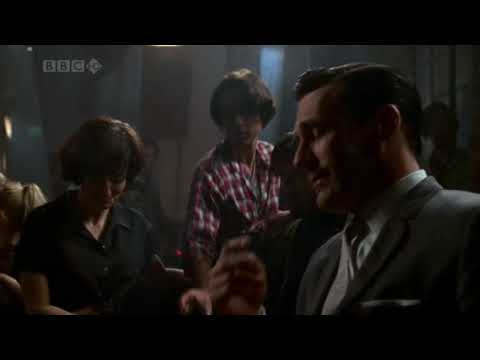[Self Made] Andy Warhol and Peter Thiel walk into a bar
Reading chapters nine and ten: “You Basically Just Said You Were” and “Do It Yourself”
Welcome back to the summer book club.
We’re reading Self Made: Creating Our Identities from DaVinci to the Kardashians.
Whether you’ve been reading the book or just keeping up with these posts, feel free to comment below in response to the ideas.
Chapters 9-10: “You Basically Just Said You Were” and “Do It Yourself”
Three Things to Notice
The two pathways of self making traced throughout the book have finally fused to create the Hollywood star, a person who makes money by working hard (democratic) to express their inner glory to the world (aristocratic). This happened in the early 20th century, but after World War II a “postwar restoration of custom” (178) took hold in America with the custom dictated by the promises of Hollywood and fulfilled by capitalist consumption.
In chapter nine, a counterculture emerges to resist the conformity. Check out the Mad Men clip above to see how conformity (Don Draper) vs. counterculture (hippies) played itself out. Whether it took the form of hippie authenticity or the artificiality of Andy Warhol’s factory girl, the key tenet of resistance was “the idea that externalising our innermost desires is an act of both creativity and honesty” (184). It was this fusion of the authentic (my desires!) and the artificial (externalised!) that laid the groundwork for how we think about self making today.
While some members of the counterculture saw computing technology as just another pathway to authoritarian control, others saw its potential to put power “into the hands of the ordinary person (or at least the person with the intellectual and imaginative capacity to harness that power” (198). This is the story of the World Wide Web and it brings us to the Silicon Valley of the present, a world-shaping libertarian utopia driven by the belief and expectation that “we can, and will, use the powers technology affords us to become our best and most productive selves” (207).
Notable Quote
On how the Silicon Valley worldview shapes the world (205-206):
Nearly three decades later [post-1990s], the promise of self-optimization and conviction that we have a moral obligation to create and become our best and truest selves is encoded into nearly every facet of contemporary Western society. The distinctly American narrative of moral self-cultivation has made its way into a global economic system predicated on the notion that we can, and indeed must, transform ourselves into the hottest commodities. Untethered to our biological bodies, to our geographic communities, to custom both social and physical, we are simultaneously free to reimagine ourselves as who we want to be and constrained by an economy that demands this constant reimagining.
Conversation starters (pick one)
Andy Warhol and Peter Thiel walk into a bar for a chat about living your best life. Where do they agree and disagree?
What do these two chapters reveal about the life cycle of ideas?
See you next week for the final chapter and epilogue — “Because I Felt Like It” and “How to Be Yourself”



